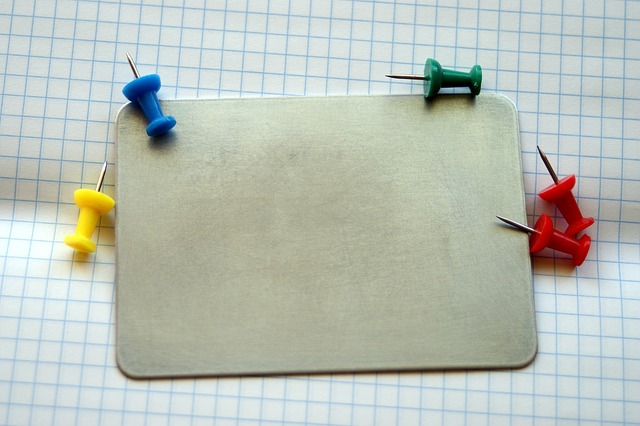Introduction to NAFLD and Phospholipids

Non-Alcoholic Fatty Liver Disease (NAFLD) is a spectrum of conditions characterized by the accumulation of fat in the liver, affecting individuals who consume little to no alcohol. It ranges from simple steatosis to non-alcoholic steatohepatitis (NASH), which can progress to cirrhosis and liver cancer. Phospholipids, major components of cell membranes, play crucial roles in cellular signaling, lipid transport, and overall liver health. Alterations in phospholipid metabolism are increasingly recognized as a key factor in the pathogenesis of NAFLD.
The Role of Phospholipid Synthesis and Remodeling

Phospholipid synthesis occurs via several pathways, with key enzymes like CTP:phosphocholine cytidylyltransferase (CCT) and phosphatidate phosphatase (PAP) controlling the production of phosphatidylcholine (PC) and phosphatidylethanolamine (PE), the most abundant phospholipids in the liver. NAFLD often involves dysregulation of these pathways, leading to an imbalance in PC/PE ratios. Remodeling processes, involving enzymes like phospholipases and lysophospholipid acyltransferases (LPATs), further modify phospholipid composition, affecting membrane fluidity and function.
# Example: Illustrative representation of PC/PE ratio calculation
def calculate_pc_pe_ratio(pc_concentration, pe_concentration):
if pe_concentration == 0:
return float('inf') # Avoid division by zero
return pc_concentration / pe_concentration
pc = 150.0 # Example phosphatidylcholine concentration (arbitrary units)
pe = 50.0 # Example phosphatidylethanolamine concentration (arbitrary units)
ratio = calculate_pc_pe_ratio(pc, pe)
print(f"PC/PE Ratio: {ratio}")Impact on Lipid Droplet Formation and Metabolism
Lipid droplets (LDs) are intracellular organelles responsible for storing neutral lipids, primarily triglycerides (TGs) and cholesteryl esters. Altered phospholipid composition, particularly changes in PC and PE, can influence LD formation, size, and stability. Phospholipids also play a role in the recruitment of proteins to the LD surface, affecting lipid metabolism and lipolysis. For example, perilipin proteins, which regulate lipolysis, interact with phospholipids on the LD surface.
Phospholipids and Inflammation in NAFLD
Specific phospholipid species, such as lysophosphatidic acid (LPA) and platelet-activating factor (PAF), can act as signaling molecules that promote inflammation and fibrosis in the liver. Altered phospholipid metabolism can lead to increased production of these pro-inflammatory mediators, contributing to the progression from simple steatosis to NASH. Activation of inflammatory pathways, such as the NF-κB pathway, is often linked to changes in phospholipid composition.
\documentclass{article}
\usepackage{amsmath}
\begin{document}
\section*{Simplified Representation of NF-κB Activation}
The NF-κB pathway can be represented as follows:
$\text{Stimulus} \rightarrow \text{IKK Activation} \rightarrow \text{IκB Phosphorylation} \rightarrow \text{NF-κB Activation} \rightarrow \text{Inflammation}$
Where:
* Stimulus: E.g., LPS, TNF-α, or altered phospholipids
* IKK: IκB kinase
* IκB: Inhibitor of NF-κB
* NF-κB: Nuclear factor kappa-light-chain-enhancer of activated B cells
\end{document}Therapeutic Implications and Future Directions

Understanding the specific alterations in phospholipid metabolism in NAFLD opens avenues for therapeutic intervention. Potential strategies include modulating phospholipid synthesis enzymes, targeting inflammatory phospholipid mediators, and developing lipid-lowering agents that specifically impact phospholipid composition. Further research is needed to identify specific phospholipid targets and develop effective therapies to combat NAFLD.
- Modulating the PC/PE ratio
- Inhibiting the production of pro-inflammatory phospholipids
- Targeting lipid droplet dynamics
